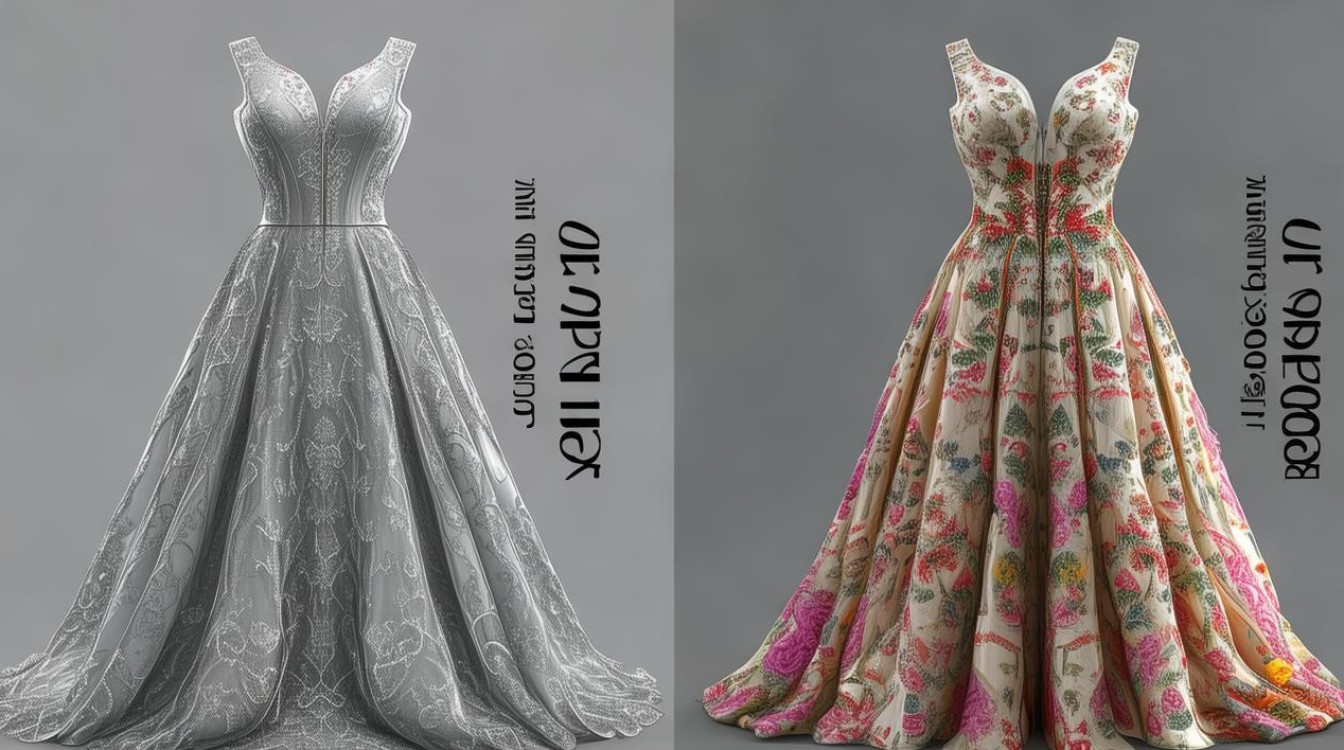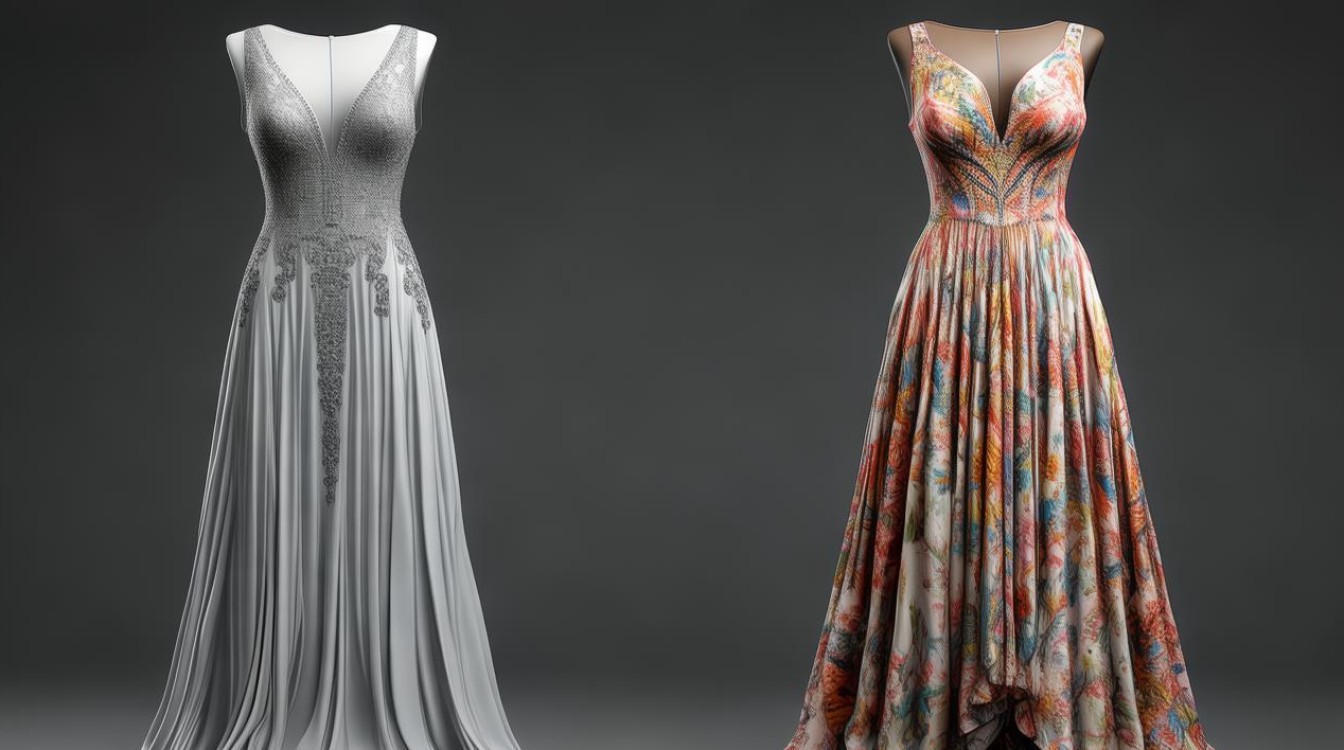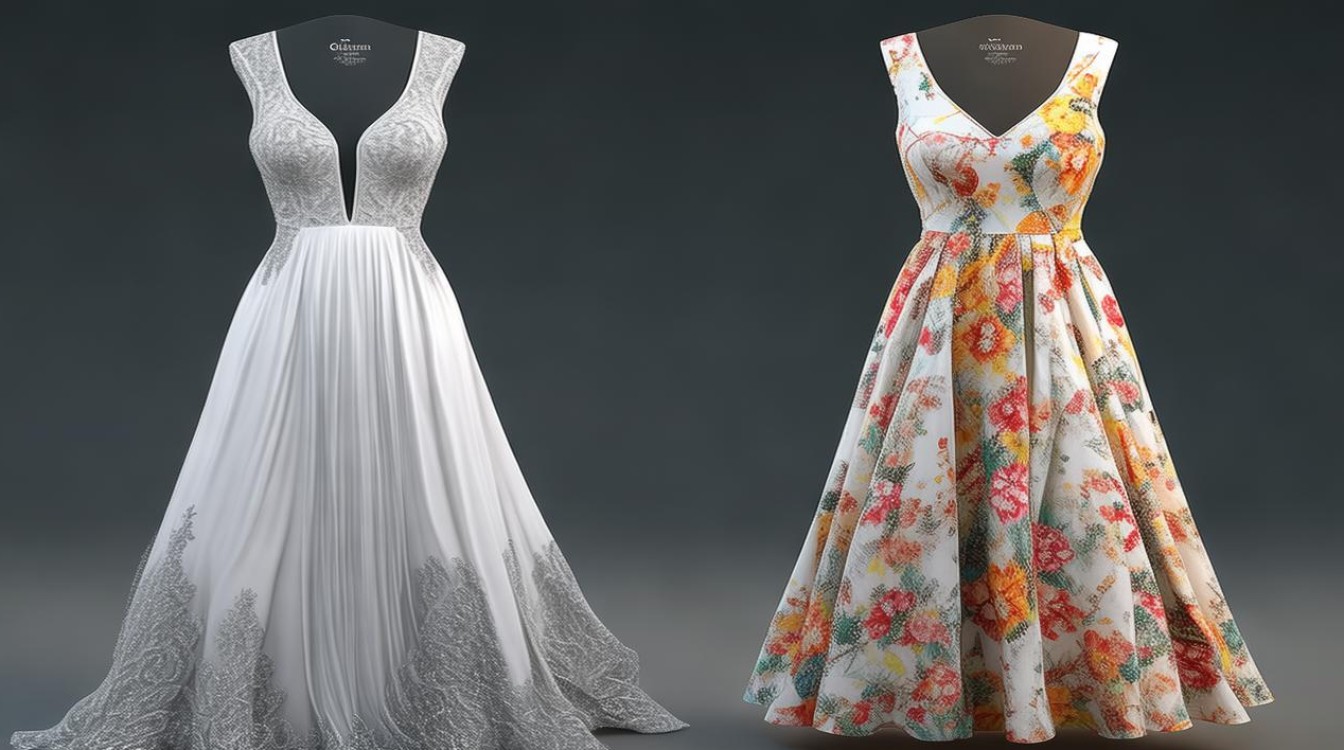When discussing clothing in English, the vocabulary can sometimes be subtle, especially when referring to specific garments like dresses. The phrase "两条裙子" translates directly to "two dresses" in English, but there’s more to explore about how these terms are used in different contexts.

Understanding the Basics
The word "dress" in English refers to a one-piece garment typically worn by women or girls, covering the body from the shoulders to the legs. When counting, we simply say:
- One dress
- Two dresses
- Three dresses
The plural form follows standard English rules, adding "-es" to words ending in "-ss." This is straightforward, but the way we describe dresses can vary based on style, occasion, and cultural influences.
Different Types of Dresses
English has many terms for different dress styles. Here are a few common ones:
- A-line dress – Fitted at the top and gradually widening toward the hem.
- Maxi dress – A long dress, often reaching the ankles.
- Midi dress – Falls between the knee and ankle.
- Mini dress – A short dress, typically above the knee.
- Shift dress – A straight-cut dress without a defined waistline.
- Wrap dress – A front-closure dress that wraps around the body.
When referring to two of any of these, we simply say:
- Two A-line dresses
- Two maxi dresses
- Two wrap dresses
Grammar and Usage
The phrase "two dresses" is grammatically correct and commonly used. However, in some cases, people might specify further:

- "She bought two summer dresses." (Describing the type)
- "I own two black dresses." (Describing the color)
- "They designed two elegant dresses." (Describing the style)
If the dresses are identical, you might say:
- "She has two of the same dress."
If they are different:
- "She has two different dresses for the event."
Common Mistakes
Non-native speakers sometimes make errors when referring to multiple dresses. Some frequent mistakes include:
- "Two dress" (Incorrect – must use plural form)
- "Two piece of dresses" (Incorrect – "piece" is unnecessary here)
- "Two skirts" (Incorrect – skirts and dresses are different garments)
The correct phrasing is always "two dresses."
Cultural and Fashion Context
In Western fashion, dresses are a staple, and the terminology reflects various trends. For example:

- "The designer showcased two couture dresses." (High-fashion context)
- "She packed two sundresses for vacation." (Casual wear)
- "The bride changed into two reception dresses." (Wedding terminology)
Understanding these nuances helps in using the right terms in conversation or writing.
Shopping and Online Searches
If you're searching for dresses online, knowing the correct phrasing matters. For example:
- "Where can I buy two affordable dresses?"
- "Best stores for two formal dresses under $100."
- "How to style two floral dresses for summer."
Using precise terms improves search results and helps retailers understand customer needs.
Idiomatic Expressions
English has some idiomatic phrases related to dresses:
- "Dress to impress" – Wearing stylish clothing to make a good impression.
- "Little black dress" – A classic, versatile dress every woman is said to own.
However, these don’t directly relate to counting dresses but add depth to the vocabulary.

Practical Examples
Let’s see how "two dresses" fits into everyday sentences:
- "She tried on two dresses before choosing the blue one."
- "The store had a sale, so I bought two dresses."
- "Her suitcase could only fit two dresses for the trip."
Each example shows natural usage in different scenarios.
Final Thoughts
The English term for "两条裙子" is simply "two dresses," but the way we describe them can vary widely. Whether discussing fashion, shopping, or personal wardrobe choices, using the correct phrasing ensures clear communication.
Fashion evolves, and so does language. Knowing how to properly refer to clothing items like dresses helps in both casual and professional settings. Next time you talk about dresses in English, you’ll have the confidence to use the right words.

